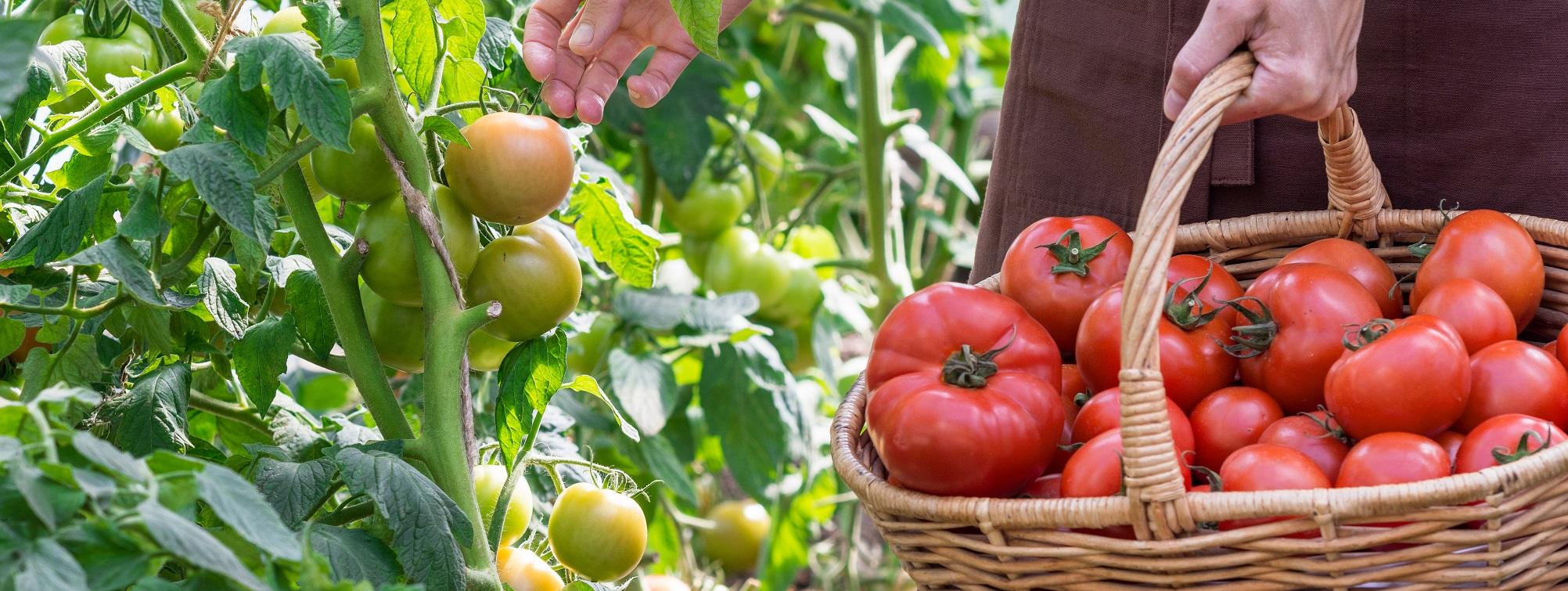Seasonal Gardening Tips: What to Plant and When for Ideal Outcomes
Seasonal Gardening Tips: What to Plant and When for Ideal Outcomes
Blog Article
The Comprehensive Overview to Horticulture: Discover the Advantages of Different Designs and Strategies
Gardening encompasses a varied range of styles and strategies, each offering one-of-a-kind benefits tailored to private choices and environmental contexts. As we explore these different designs, it ends up being apparent that the options made can significantly influence both the yard's health and its contribution to the surrounding atmosphere.
Comprehending Horticulture Essentials
Recognizing the basics of gardening is necessary for cultivating a prospering and sustainable garden. A successful gardening endeavor begins with a strong foundation of understanding concerning dirt, plant option, and environment considerations.
Picking the right plants is just as vital. Comprehending their specific needs-- such as sunshine, water, and spacing-- makes certain compatibility with the neighborhood environment and soil problems. This choice procedure ought to also take into consideration the growth habits and lifecycle of plants, permitting a well balanced and aesthetically pleasing garden.
Moreover, efficient sprinkling techniques are important. Over-watering and under-watering can both lead to plant stress and anxiety and condition. Applying a schedule based on seasonal modifications and plant demands can boost water performance.
Popular Gardening Styles
What defines the significance of preferred horticulture styles? Among the most renowned styles is the cottage garden, identified by its casual design and a vibrant range of flowers and vegetables.
On the other hand, the formal yard symbolizes symmetry and order, often including geometric patterns and thoroughly cut hedges. This design communicates style and elegance, with thoroughly selected plants that enhance an organized visual.
The Japanese yard supplies a calm and meditative experience, making use of natural environments like water, rocks, and plants to create a peaceful atmosphere. It concentrates on simpleness and balance, urging consideration.
In addition, xeriscaping has actually acquired appeal, especially in dry regions (Gardening). It prioritizes drought-resistant plants and effective water use, promoting sustainability while enhancing landscape beauty
Advantages of Container Horticulture
Container horticulture provides a multitude of benefits that make it an appealing choice for both newbie and skilled gardeners alike. One of the key advantages is versatility; containers can be put in numerous areas, allowing garden enthusiasts to enhance sunlight exposure and produce visually appealing arrangements. This flexibility makes it feasible to yard in spaces where typical in-ground horticulture may not be practical, such as porches, patio areas, or city environments.
Furthermore, container gardening offers better control over soil conditions. Garden enthusiasts can personalize the soil mix to fit certain plants, making sure optimal drain and nutrient schedule. This is especially advantageous for people residing in areas with redirected here inadequate or infected soil.
Another considerable advantage is the minimized danger of insects and illness. Container plants can be kept track of extra easily, and any kind of concerns can be dealt with immediately. Furthermore, this technique can lessen the spread of invasive types.
Sustainable Gardening Practices
Lasting gardening practices are necessary for promoting ecological health and wellness and boosting biodiversity in our ecological communities. These techniques focus on ecological equilibrium, resource preservation, and using natural techniques to reduce negative environmental impacts. By utilizing strategies such as composting, garden enthusiasts can reduce waste while improving soil health, thereby cultivating a growing yard ecosystem.
Water conservation is another critical aspect of sustainable gardening. Techniques such as rain harvesting, drip irrigation, and the usage of drought-resistant plants can considerably reduce look these up water usage while ensuring that plants receive appropriate dampness. Moreover, incorporating indigenous plant types right into yard designs supports regional wildlife and minimizes the demand for chemical plant foods and chemicals, which can be damaging to the setting.

Eventually, lasting gardening practices not just add to much healthier gardens however likewise advertise an even more resistant setting, supplying long-term advantages to both the garden enthusiast and the bordering area.
Tips for Successful Gardening
To grow a flourishing yard, garden enthusiasts must focus on mindful preparation and thoughtful implementation of their gardening methods. Begin by analyzing the neighborhood climate and dirt problems, as these variables substantially affect plant selection and development. Select plants that are well-suited to your atmosphere, thinking about native types that will love very little treatment.
Executing a well-structured layout is essential (Gardening). Use buddy planting methods to promote biodiversity and natural bug control, while ensuring each plant has appropriate space for growth. This not only enhances aesthetic appeals yet likewise improves total plant health
Regular upkeep is vital look at this site to a successful yard. Establish a consistent timetable for watering, weeding, and fertilizing. Mulching can assist preserve dampness and subdue weeds, while also including natural issue to the soil.
Don't undervalue the significance of observation. Frequently keeping an eye on plant health and development will enable for prompt interventions. Ultimately, be open to learning and adjusting; horticulture is a constant process that benefits from experience and testing. By focusing on mindful planning, execution, and ongoing upkeep, gardeners can attain a lively and effective garden that prospers throughout the seasons.
Final Thought


In summary, the exploration of diverse gardening designs and strategies reveals their complex benefits, contributing to both visual allure and eco-friendly health. Container horticulture provides versatility and availability, while lasting methods enhance environmental stewardship.
Report this page